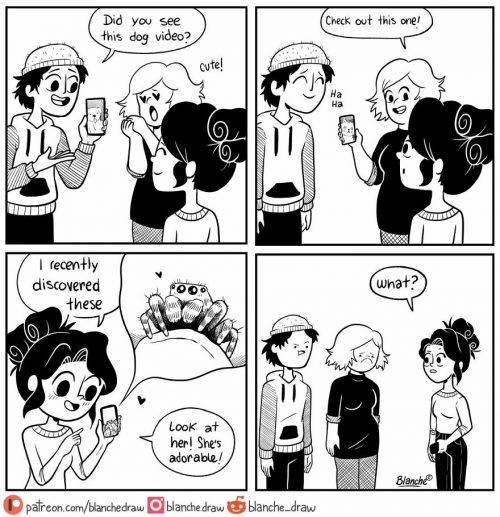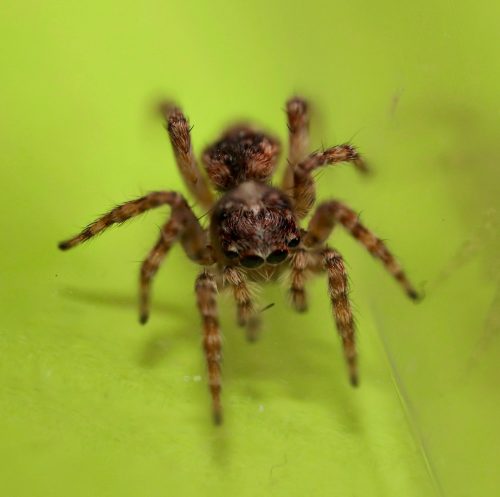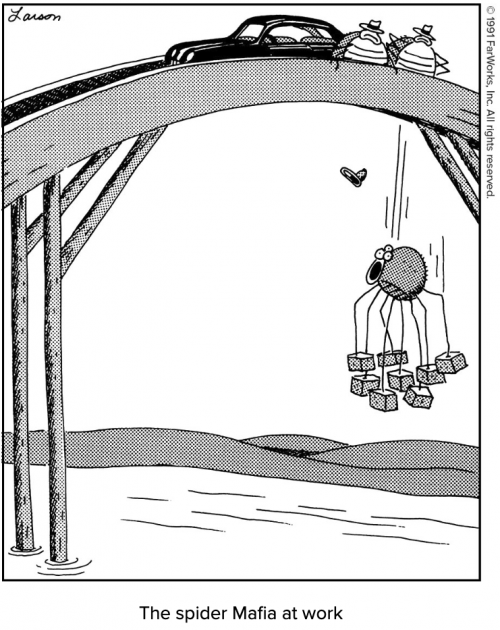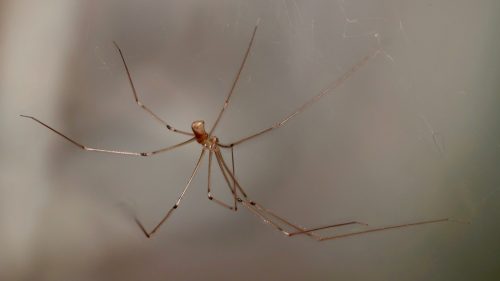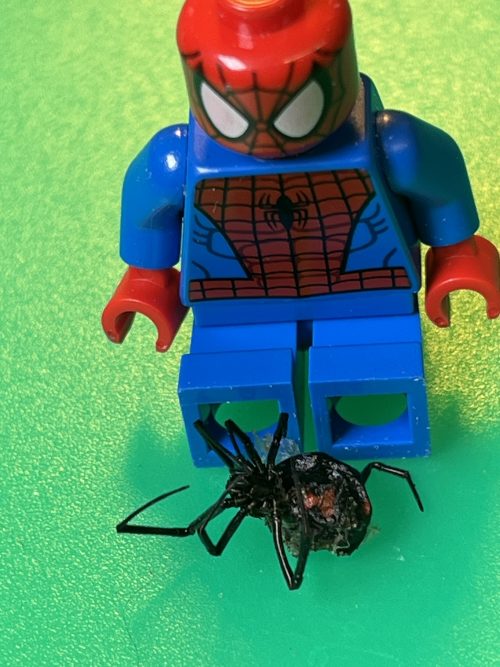Everyone loves seafood surprise!
Those look like Dolomedes, the fishing spider. They probably got scooped up with the crayfish (these spiders will hunt and kill crayfish, by the way) and cooked along with everything else. I don’t think they’d provide much flavor, but do make for a charming garnish.


